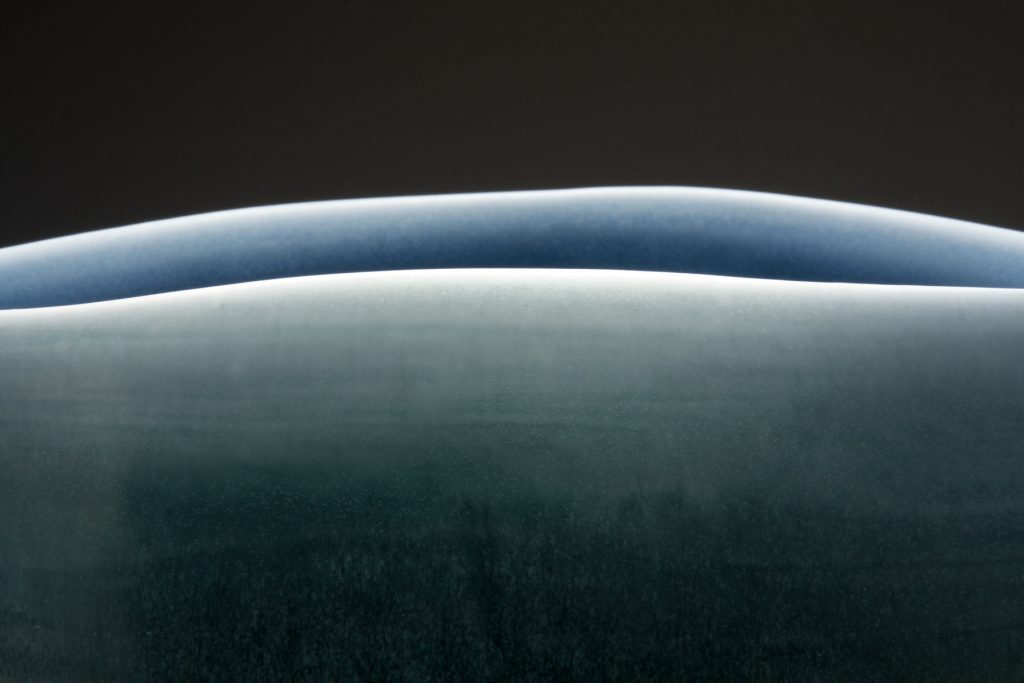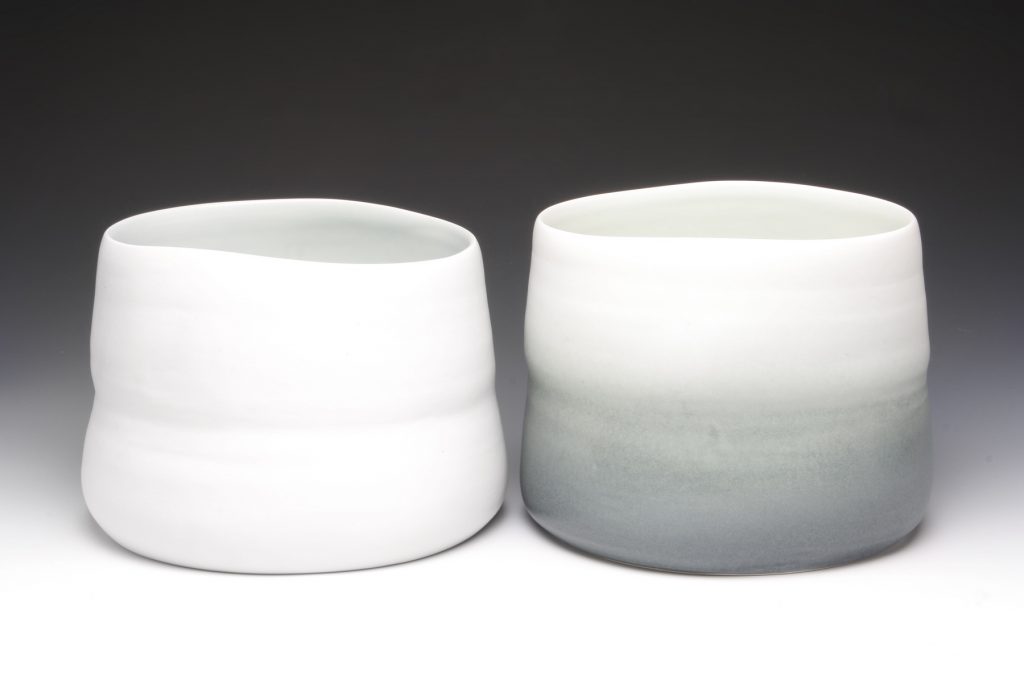Start typing to search
You can also hit “Enter” on your keyboard to submit your query.
0What's on
0Everything Else
Taking inspiration from the land
Visit Ballarat
16 Feb 2021
Filed underMakers & Growers
His work has been exhibited at prestigious galleries all around the world, but Neville French’s roots are deeply engrained in the lands of the Victorian goldfields.
We sat down with the Buninyong local to talk about how his work today is inspired by his deeply felt connection to special environments that he has experienced and remembered.
What drew you to ceramics?
I enjoyed art and science at school and I was grateful that my parents supported my decision to study art as a career. My primary interest at art school was in painting but I was gradually drawn to the alchemy of ceramics.
It involves the transformation of materials with heat and can link visual art with science. I discovered great potential in the ceramic process and enjoyed the tangible as well as visual connection to the landscape.
How has Ballarat inspired your work?
The distinctive rounded hills that are a feature of the local topography have inspired the forms and colours of my wheel thrown and altered vessels.
I collect local granite, feldspar, clays and wood ashes to use in the development of my glazes. The unique idiosyncratic quality of these glazes can be evocative and tactile. I fire the work in a wood burning bourry-box type kiln to add further nuances of colour and texture to the surfaces.
My interest in using local raw materials goes back to my early education at the Ballarat Art School at the School of Mines in the 1970’s when wild clays from deposits at Enfield, Nerrina, Mt Egerton and Bacchus Marsh were commonly used.
Why do you think you are drawn to vast landscapes as inspiration?
I was born and grew up in Maryborough in central Victoria and my grandparents owned a farm across the Charlotte Plains at Eddington on the Loddon River. I spent a lot of time in this vast, spare environment with its distant low horizon and enormous dome of sky. The grassy slopes convey extraordinary effects of light, space and colour and the ephemeral affects shift with the seasons, weather and time.
My vessels express my deeply felt connection to special environments that I have experienced and remembered. Looking at the vast undulating grasslands, or sky encourages me to contemplate the mystery of reality and our place in the cosmos.

What do you hope to evoke in those who see your work?
I hope my porcelain vessels evoke a feeling of peace and beauty … tranquillity that invites reflection. My work is pared down to convey an elemental sense of places, most recently the vast topography and silent spaces at Lake Mungo in southern NSW, a place of profound cultural and spiritual significance.
You’ve got more than 40 years behind you as a ceramic artist, what are you most proud of?
I am proud of the national and international recognition I have received for my work. My vessels have been exhibited in major exhibitions at the Victoria and Albert Museum in London, the prestigious Sculpture, Objects and Functional Art (SOFA) expositions in Chicago and New York, Galerie Rosenauer in Germany and, have been acquired for major public national and international collections including the National Gallery of Australia.

What does Ballarat as a UNESCO Creative City of Craft and Folk Art mean to you?
It means creativity in crafts and folk art has been identified as important to the future wellbeing and prosperity of our city. We can contribute to the cultural identity of Ballarat and help distinguish it as a place of significance, excellence and innovation.
By recognizing and promoting the creative skills and knowledge of artists and by supporting the sharing of expertise in the community we can develop an enriched lifestyle and sustainable economy.
For those interested in ceramics, what piece of advice do you have for them?
It takes time to master the techniques so don’t let disappointments put you off – you will learn patience and humility. Follow your own path and find meaning and truth in what you create.
Ceramic objects link us to people in different times and places over 15,000 years and, express our common humanity – the joys, fears and needs. Extend the traditions and record your own time and place.
What does your next 12 months look like?
I have a busy year planned for 2021 with several exhibition commitments and teaching at the School of Clay and Art (SoCA) in Melbourne. I’m looking forward to exhibiting at The Art Gallery of Ballarat in an exhibition titled Mutual realities: Finding common ground in uncertain times. Artist Rhonda Baum and I and we have been sharing our experience of the pandemic and creating a body of work for this show.
I’m also looking forward to working with artist Belinda Fox. We have been collaborating for over 10 years and it will be exciting to begin another major project. We will be creating large woodfired vessels for exhibition at Arthouse Gallery in Sydney.
And to wrap up, what’s Ballarat’s best kept secret?
I have a favourite walk that takes me through the Buninyong Botanic Gardens and The Gong. One of my favourite trees is the rare Acer platanoides, ‘Crimson King’, Red Norwegian Maple that is listed on the National Trust register of significant trees of Victoria. It has a majestic form and beautiful leaves – particularly in autumn. I also enjoy the rounded hill at Ascot with a single tree on top.
Find out more about Neville’s work at nevillefrench.com
